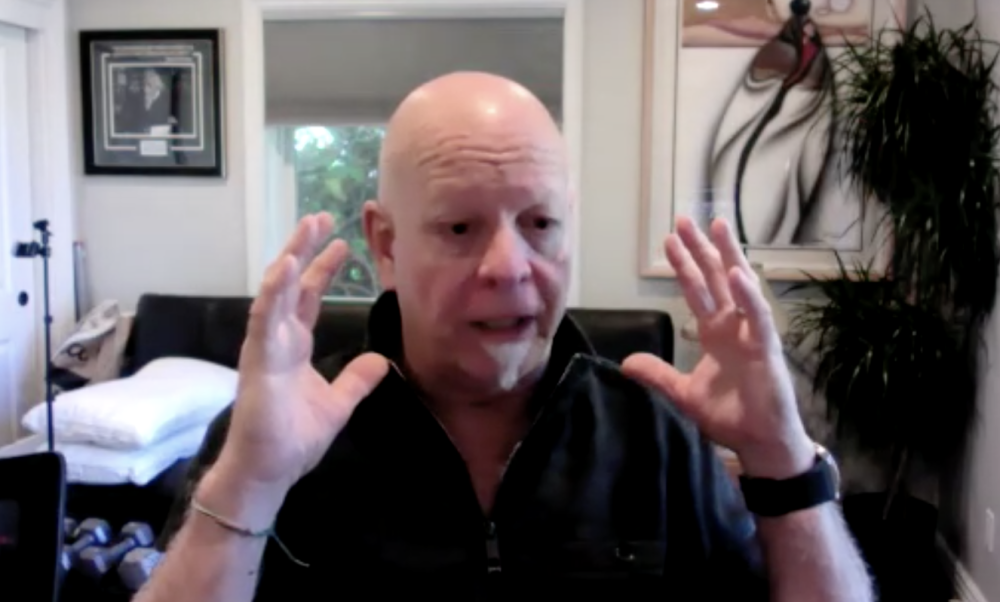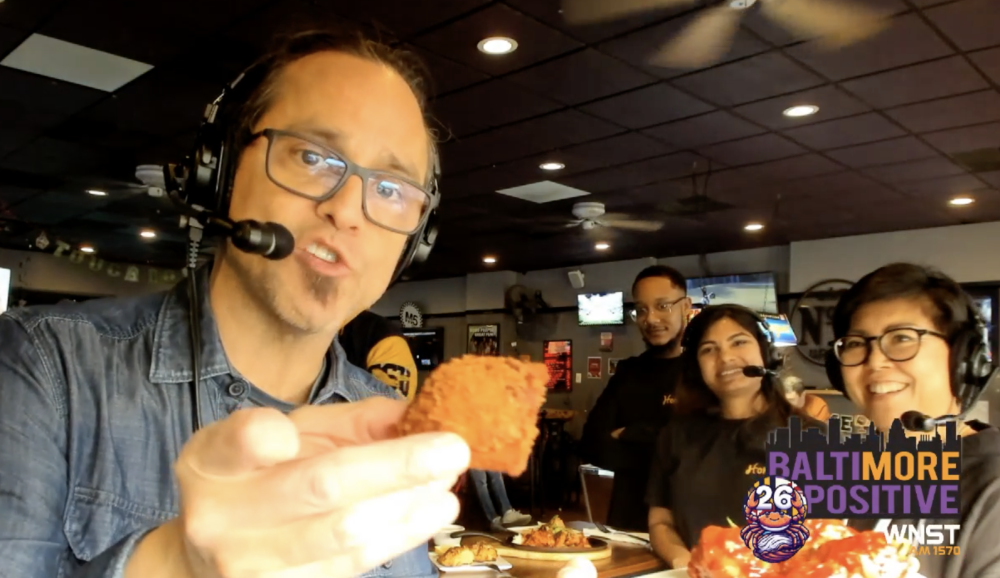But, as he’s said many times, you take the good with the bad when you own an NFL team. Not every decision will make the fans happy, but in the end the No. 1 reason given was for competitive reasons and to make the team on the field as good as it can be.
Just six months after dealing with a heap of fan complaints about the team not practicing in Westminster, Harbaugh and the Ravens won Super Bowl XLVII.
With the big-time expenditure comes the expectation to also be profitable amidst rising costs and a sea of competition. There are few other parallels to look to when judging the NFL’s meteoric growth over the past 25 years vs. any other industry – sports or otherwise – in America. It seems that there’s no end to the thirst for the product and the passion continues to grow.
From a business platform, the Baltimore Ravens were the last franchise to arrive in the East Coast corridor by almost 50 years and are squeezed into a small hole in the map of the USA and all of the same reasons the expansion committees of Paul Tagliabue in the early 1990’s didn’t like Baltimore as a prime destination still exist today.
But, somehow, Baltimore was different, with its rich heritage in the NFL via support for the Colts, the rare taste of having had a substantial franchise disappear from the community from 1984 through 1995 and the success on the field has transcended. It’s almost a modern-day Green Bay Packers story in one sense when you consider the small geographic and demographic availability of sports fans physically near Baltimore.
Drive 15 miles south of the Inner Harbor and you’re in prime Washington Redskins country in Howard County. Drive an hour west on I-70 past a Redskins-dominated Frederick toward Hagerstown and it’s Steelers Country. Drive just over the Susquehanna River into Cecil County on I-95 and you’ll start seeing Philadelphia Eagles gear and flags. Meanwhile the Eastern Shore of Maryland is a virtual melting pot of all of the above.
The Baltimore Ravens really can’t “grow” much beyond the smallest of land masses. They must now serve the fans they have and hope that winning breeds a geographic sprawl into neighboring states and across the USA and the world as the regional flavor of the franchise as a local obsession and constant interest soars. Winning is a big part of that.
One way Cass has fought to grow the Ravens base seems very simplistic and common sense in its approach, but it’s also one of the many issues inherent in being the last team into the marketplace after 50 years of entrenched football in Washington, Philadelphia and Pittsburgh. The local cable television market in Washington, D.C. doesn’t carry Baltimore local stations, and when the Ravens play on the same day or the same time as the Redskins, anyone who wants to watch the Ravens is left out. Cass worked very hard to change that because the Ravens believe that a Baltimore kid who is going to college 40 miles away in College Park should be able to get the game on television via his dorm.
Of course, the biggest challenge for Cass, Bisciotti, and the entire business of the NFL in the future will be the distribution of digital content and how mobile devices will increase demand for live action that falls outside the boundary of traditional television. All of the media that used to be considered “shoulder programming” is now “exclusive content” and the boundaries of privacy, strategy, and profit will all continue to collide inside franchises and at the league level with the NFL’s insistence on making the NFL Network a viable entity and an offseason destination for information.
But make no mistake about Bisciotti’s intentions. As much as it’s fun to be involved in owning an NFL franchise, he wants to win. Badly. And he knows that’s the real barometer for growing the Ravens fan base and ability to remain profitable — along with being good citizens as well. Moving into his second decade as President, Cass had his eyes set on ways to grow the Ravens brand and keep focus on serving the fans an experience beyond just what happens on Sunday.
But there are many issues and demands that fall on Cass’ desk on behalf of Bisciotti.
The profound impact of concussions on the NFL and pending litigation is something that Cass thinks about often. New ways to leverage the changing media environment and ways to keep the stadium filled on Sundays. For many fans, watching the NFL at home in their family caves with HD television, cheaper beer, food, and a quality experience from the networks and the league, makes not going to the game a more attractive option for many. Cass has spoken at length on that topic and the threat it poses to the league. Imagine that? The product being so good on TV that no one would want to come to the games? Believe it or not, in 2013, it’s among the biggest concerns the NFL owners have each season – selling tickets in many markets like Jacksonville, Miami, Arizona, San Diego and other good weather areas where there are plenty of other distractions on a sunny Sunday. Plus, it’s clear the NFL wants a team in Los Angeles sooner than later.
But despite the global issues that concern Bisciotti and Cass at the league level, it’s the team inside The Castle in Owings Mills that they are most responsible for on a daily basis.
“Team building is what we do here,” Harbaugh said. “That’s what we’re about, and we work on it every day. Steve [Bisciotti] is a big part of this. He is enormous with the advice he gives us in this area. His brilliance is in understanding people. He ‘gets’ people, how to get to know people better, how important we all are to each other. He’s outstanding at connecting people, making sure we communicate in different ways, making sure we work well together. When you talk with him, you find ‘ah-hah’ moments that direct you to another way of looking at something.”



























